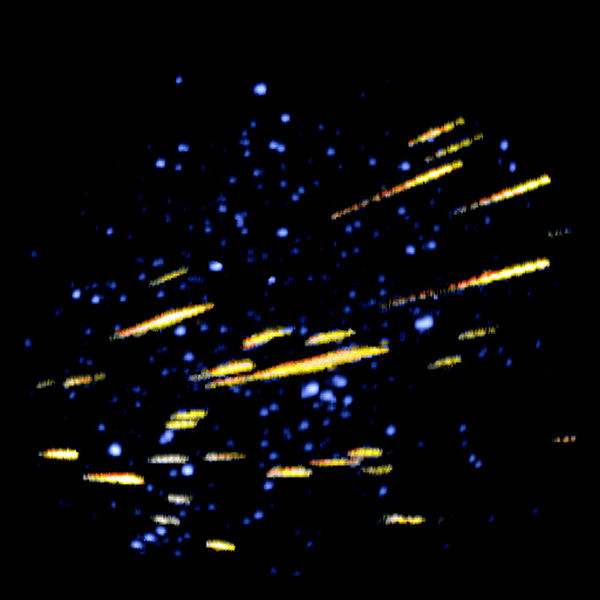
American stargazers could be forgiven for shaking a fist at the heavens this weekend. The Draconids meteor shower is expected to yield intense shooting-star activity, but by the time the sun sets on the United States, the action will most likely have ended.
Fortunately, you can still track and watch coming meteor showers and other astronomical phenomena if you have a smartphone loaded with Meteor Shower Guide ($1 on Apple) or Meteor Shower Calendar (free on Android), and two great star-viewing apps, StarWalk ($3 on iPhone; $5 on iPad) and Google Sky Map (free on Android).
Now is a good time for stargazing, particularly with children. The night sky is more clearly visible in mid-evening than in the summer months, and for people in the Northern states, it’s not so cold that everyone will run inside after spotting Orion’s belt.
Of course, a clear sky is crucial, so a good weather app is important for planning. My favorite, MyWeather Mobile, is free on Apple and Android. It’s slower to load than my other go-to weather app, Weather+ (also free on Apple and Android), but it offers a fuller spectrum of weather information and longer forecast periods.
Oddly, none of the major weather apps include information on moon phases, which is an important detail for lawn-chair astronomers, since it’s hard to see celestial objects in a brightly lit sky.
But you can find moon phases on both of the meteor-specific apps on my list, Meteor Shower Guide and Meteor Shower Calendar. Both offer schedules of the year’s meteor showers, along with ratings and the moon’s phase on the date of the shower’s peak.
The extra cost of Meteor Shower Guide is justified in the additional information you’ll glean from it. The Draconids, for instance, “are very slow-moving meteors,” the app says. Hourly meteor rates are typically low, it added, “but on several occasions outbursts of 50 or more meteors per hour have been reported.”
For people who miss the Draconids, though, Meteor Shower Guide and Meteor Shower Calendar offer an alternative — the Northern Taurids shower, which starts on Oct. 20 and peaks on Nov. 12.
Ideally, the apps would account for the likelihood that you would see a shower in your particular region, and then identify the least moonlit nights for stargazing. But they leave that sort of legwork to you.
Likewise, you must go online if you want to identify the best available spots for stargazing in your area. ClearDarkSky.com, a Web site for astronomers, publishes state-by-state lists of public and private observation spots and an astronomer’s forecast.
To my knowledge, no app yet exists with such information. I’d give it a week.
It’s surprising that neither Google Sky Map nor StarWalk include this information in their own apps, since they feature so much else. Both have long been the standard for the general astronomy category, and for good reason. If you hold a device toward the sky and look through the viewfinder, it labels the celestial objects beyond. No more guessing about whether that dot is a planet or a star; no more mistaking the Big Dipper for the Little Dipper.
Of the many features on Sky Map, the one for meteor showers is the newest. In the “settings” section of the app, there are several so-called layers, for viewing different objects. If you want to just see planets, for instance, you can uncheck stars, constellations and other elements on the list. If you want to put yourself in the best position to view a meteor shower, though, uncheck all else and point the device skyward. When there is a shower predicted, graphics will point to the area where meteors will most likely appear. If you know the name of the meteor shower, you can also type it into the search box and the screen will show the general location.







